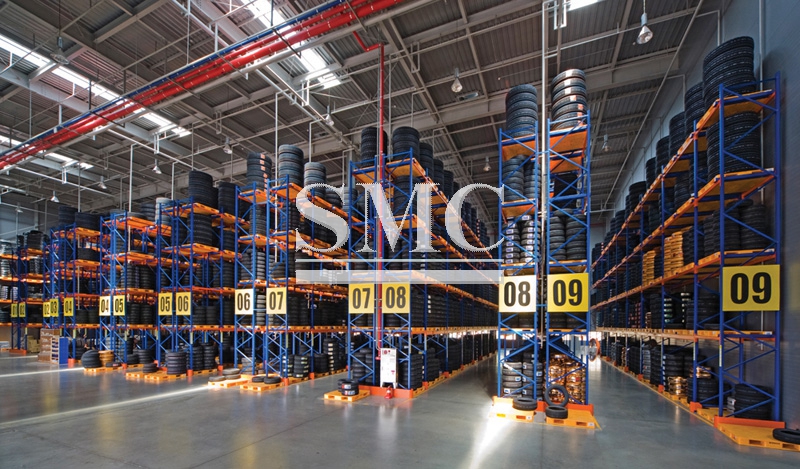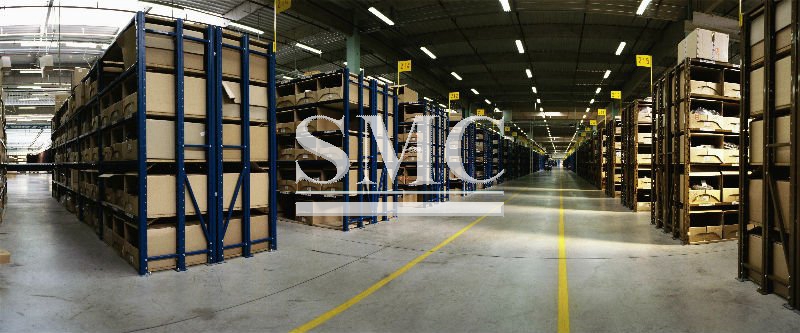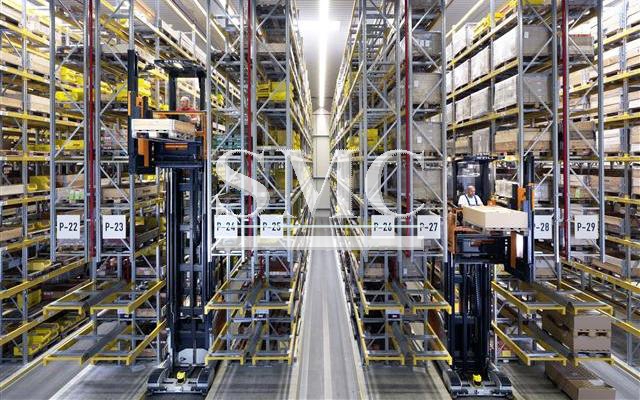
- Unternehmensübersicht Das Herz von Shanghai Metal Vision und Philosophie Partnerschaft Zertifizierungen Unternehmenskultur
- Unser Service Projekt-Design Wartung und Service Herstellung Transformation und Aufrüstung Lagerung und Logistik Verarbeitung und Handel
- Management Unsere Geschichte Globale Verantwortung
- Beschaffungszentrum Praktikum
- Metall Aluminiumprodukte Kupferprodukte Metallisch beschichtete Produkte Edelstahlprodukte Stahlprodukte Sonderlegierung
- Konstruktion Stahlgitter Lagerregal Stahlstruktur Stahlbrücke Gerüstbau Baumaterial Chemische Rohstoffe One Stop Solutions for Projects
- Containers ISO Standard Container Gerätecontainer Lagerbehälter Container Haus Reefer / Isolierbehälter Offshore Container
- Maschinen Formmaschine Andere Maschinen Schneidemaschine Verarbeitungsmaschine Biegemaschine Ziegelmaschine Motor
- Mechanische Produkte Fahrzeugindustrie Verschiedenes Festmacher Schiffsausrüstung Druckbehälter
- Elektrisches System Elektrisches Kabel Automatisierung Machtverteilung Solarenergie System Elektrisches Schutzsystem Transformator Fließband Blitzsystem
- Medizinisches Zubehör Fütterungsprodukte Atemwegsprodukte Pflegeprodukte Injektionsprodukte
- Baumaschinen
- EPC-Projekt
- Erdölleitung
- Wasserleitung
- Gas Leitung
- Boots- und Liegezubehör
- Metall zur Dekoration
- Transformator-Komponenten
- Wärmetauscherrohr
- Klimaanlage Ersatzteile und Zubehör
- Kessel
- Küchen- und Badezimmergerät
- Metall für Haushaltsgeräte
- Solarstromgerät
- Aufzug
- Dach und Decke
- Kabel
- Tank
- Verpackung
- Maschinen und Anlagen Ersatzteile und Zubehör
- Formenwerkzeug
- Autoteile
- Gleis- und Kranbahn
- Hardware-Anpassung
- Schleifmittel
- Straßenbaumaschinen
- Elektronische Bauteile
- Bau- und Ausbaumaterialien
- Türen und Fenster
- Kühlschränke
- Pressemitteilung Nachrichten aus der Metallindustrie Nachrichten von Maschinen und Anlagen Nachrichten von Bau und Gebäude Nachrichten von mechanischen Produkten Nachrichten von Containern Nachrichten von Elektrik System Nachrichten von medizinischem Zubehör
- Medienbibliothek Videos Bilder Folgen Sie den sozialen Medien in Shanghai
Selective pallet racking as the most often used system in warehousing
Selective Pallet racking is the most commonly used racking system in warehousing. This is for a number of reasons; most commonly this type of racking is the most cost effective racking system and allows the user direct access to all products. This racking is the most easily installed out of all the types of racking.
Selective pallet racking is a common pallet racking system in use today. Selective pallet racking systems typically come in one of two configurations: a roll formed, or clip-in configuration, and a structural bolt-together configuration.
Roll formed selective rack
Most commonly manufactured in a "teardrop" style (so named as the holes on the column of the upright are shaped like a teardrop). Pallets then rest on the horizontal load beams that are held in place by mounting clips. Because the clips on teardrop configurations can be quickly moved, the shelves can be easily adjusted to different heights to accommodate various load sizes. This is convenient for a warehouse that needs to store a wide variety of product sizes.

Common components of selective rack include the following:
Load beams
Most step beams are roll formed members with a 1⅝” step along the top inside edge. This step is used to hold any load support components such as pallet supports or wire decks. Box beams have no inset step, instead have four flat sides like a box. All load beams typically mount onto an upright frame column with integral rivets or hooks. Some systems utilize an extra clip or bolt to lock the beam to the upright. Besides that, structural beams are hot formed structural C shapes with connecting clips at either end. Structural load beams are generally used with structural uprights but can be used with standard roll formed uprights. Structural load beams offer heavier weight capacities than step beams or box beams.

Upright casings (additionally called upright sections or uprights) fluctuate in size and outline contingent upon burden prerequisites, and styles. The most widely recognized upright segment is delivered by roll framing level loop stock steel into an altered "C" shape with returns. This style is regularly alluded to as open-back roll-shaped sections. Openings or spaces are punched amid assembling here and there the section at standard interims so that the heap bars can be mounted into the upright segments. Upright edges can likewise be developed using basic C shapes for segments. Basic uprights have an expanded weight limit over roll framed uprights.
Diagonal braces and horizontal braces
Regularly alluded to as upright casing binding is generally welded between two upright segments to shape particular upright edges. The binding might be darted to the segments now and again.
Pallet supports
Are roll formed channels that are placed front to back between the load beams to support pallets.
Timber decking
It comes in two forms: close boarded and slated. Close boarded decking provides a solid 'floor' to a level of racking while slatted is formed by rows of timber and acts as a permanent pallet. Wire decking is commonly used as a safety measure on selective pallet rack to prevent pallets or the products stored on them from falling through the rack structure.

Wire mesh decking comes in various thicknesses and mesh dimensions. Wire mesh construction also allows for easy identification of shelf contents and prevents dirt and other debris from accumulating on the shelves because of the holes in the mesh. Most wire mesh decking has U-shaped channel supports, also known as struts, to support the load. With this waterfall decking, the wire mesh extends across the top and down the front of the beam to provide more support, and is more desirable in the marketplace. Reverse waterfall decking can provide containment of a loose product to prevent the product from falling behind the rack system. Lay-in decking rests inside the step of the beam, and wire mesh does not waterfall over the beam. Some types of decking are manufactured with solid metal instead of wire mesh. Even though the solid decking provides a greater distributed weight capacity, it is discouraged by fire inspectors because sprinkler systems cannot spray through the shelves to levels below.
Footplates
Also known as footpads or baseplates, are at the base of columns and serve as anchors to give the rack more stability: anchor bolts are inserted through the baseplate’s holes to attach the column to the concrete floor. Footplates are made of thicker steel and in some geographic locations, they must be of a certain size and seismic rating. Footpads increase the pallet rack’s overall stability and weight-bearing capacity.
Shims
Are used when the uprights are resting on uneven floors; the shims, equal in size to the base of the uprights, are installed beneath the uprights to level the rack.
Row spacers
Are sometimes used if uprights are arranged in back-to-back rows; the spacers are mounted between adjacent columns to ensure that the rows are kept straight and to give the pallet racks even more strength and steadiness.
Wall ties
May be used for further support if the uprights are arranged in a row along a wall.
Column protectors
Also known as post protectors, are protective shields that can be installed around the base of an upright to minimize damage where forklifts might hit the upright. Damage to the base of a column can weaken the entire frame and could cause it to collapse. Column protectors are made of various materials such as polyethylene, ductile iron casting, and other durable materials.
Guard rails are installed to increase protection for upright columns and for human safety when platforms or steps are attached to pallet racks.
Very narrow aisle (VNA)
Is the use of selective pallet racking in a tighter configuration to provide maximum space utilization within a storage facility. These systems typically operate in conjunction with wire-guided or rail-guided reach-truck systems. A wire-guided system consists of a wire embedded in the concrete floor that provides tracking for the reach-truck.

All rail-guided system consists of angle iron bolted to the floor down the length of each row. Typically, the angle iron is 4” by 3” and ¼” - ⅜” inches thick. A distinct advantage of an arrow aisle pallet racking is fast picking without large aisles which results in improved use of space. When there is limited space, a compact storage method is ideal. Fully adjustable system flexibility and space saving aisles can be manipulated as one to give the greatest amount of pallet storage locations.
Can be designed to meet virtually any pallet size or weight
Selective Pallet Racking can be designed to meet virtually any pallet size or weight and can be used in conjunction with all types of lift trucks. A wide range of accessories is available to accommodate non-standard loads.
Advantages of Selective Pallet Racking
Good stock rotation
Good order picking; 100% selectivity
Good product protection
Low floor area utilization – 30% net pallet area usage of overall warehouse area